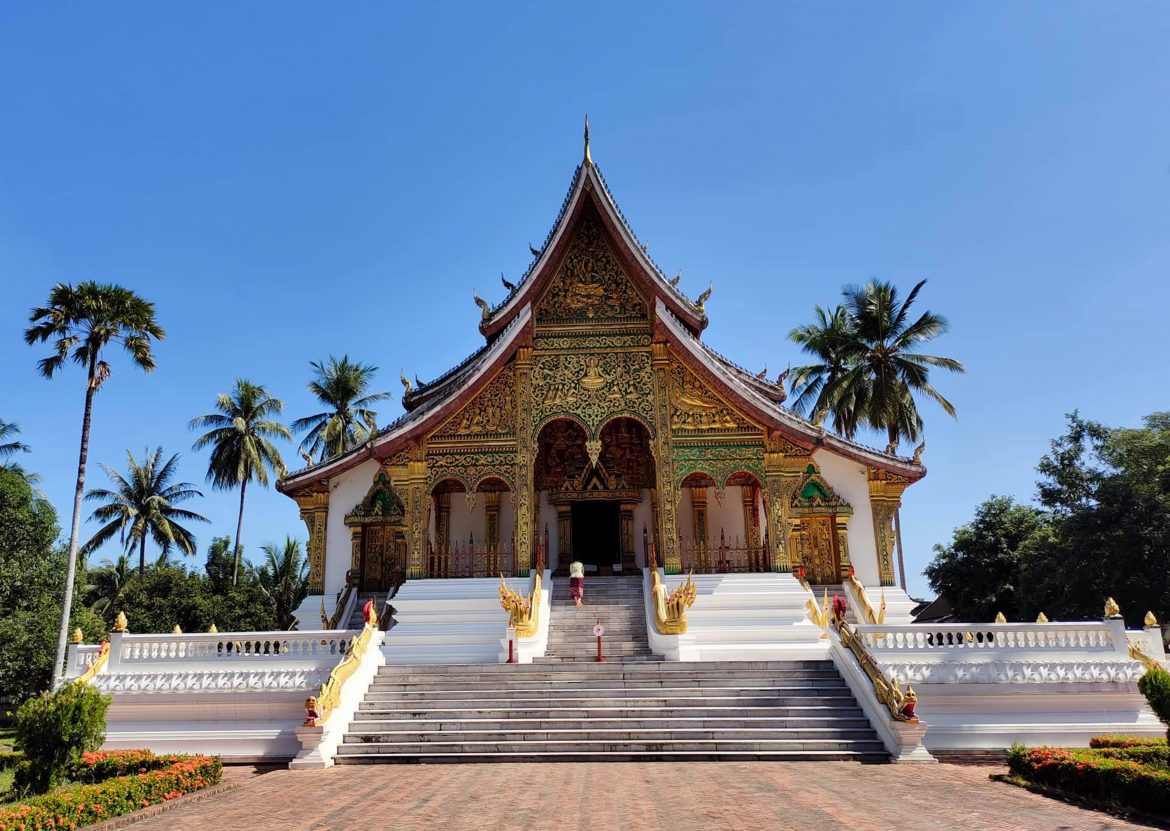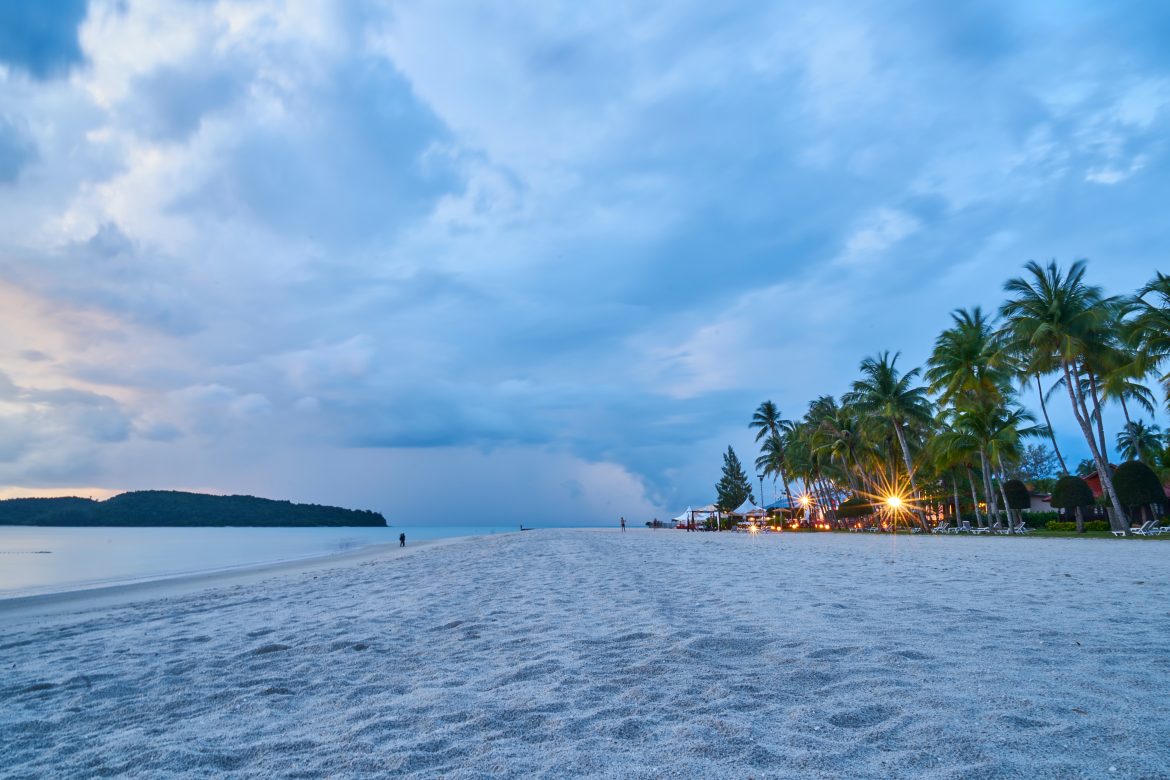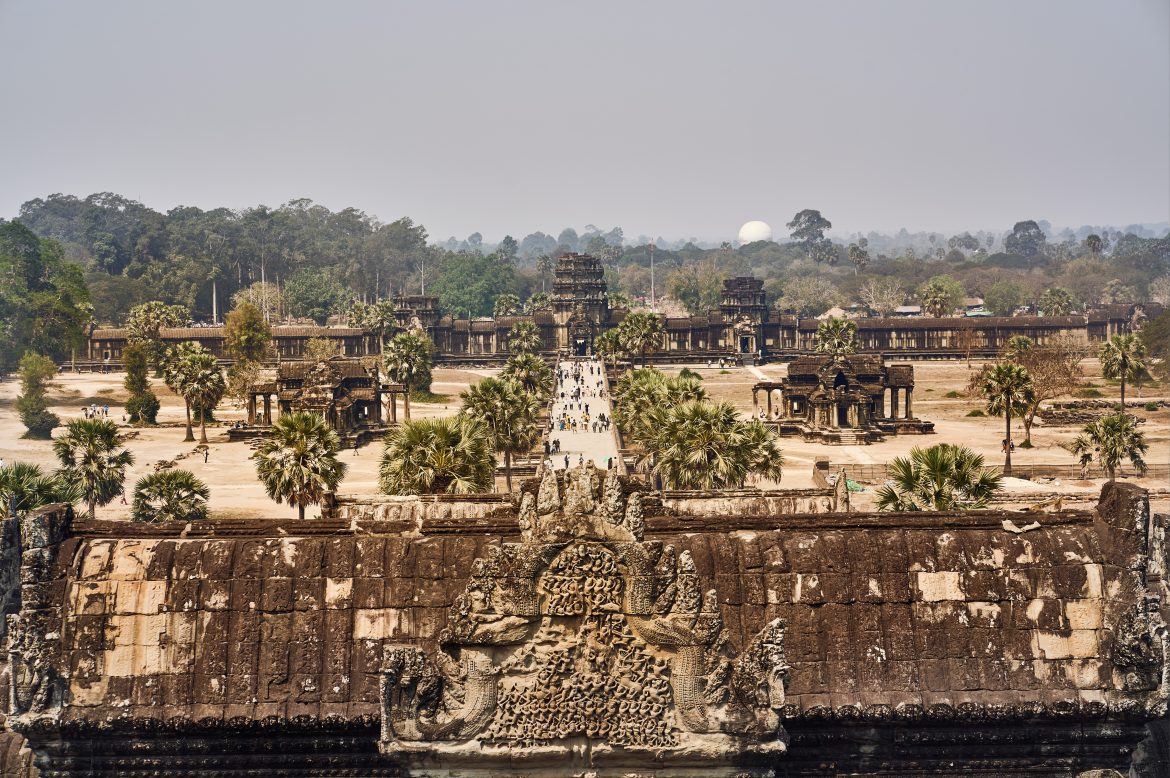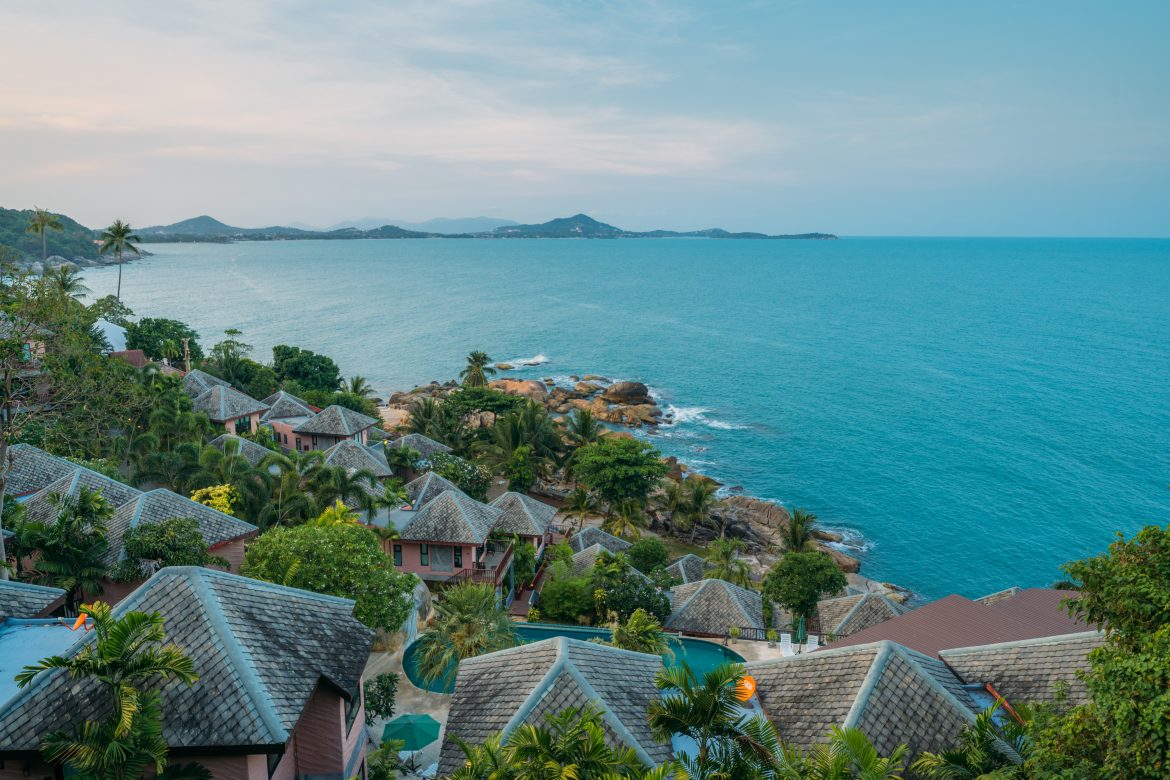When is the monsoon season in Southeast Asia?
Is it good to travel?
Where should you go?






- Pack rain gear: Be prepared for sudden downpours by packing a lightweight, waterproof jacket or poncho, an umbrella, and waterproof footwear. This will help keep you dry and comfortable while exploring.
- Plan indoor activities: While it’s inevitable that you’ll encounter rain during the rainy season, plan indoor activities such as museum visits, cooking classes, or spa treatments. This way, you’ll have something fun to do even when it’s pouring outside.
- Be flexible with your itinerary: Rainy weather can affect outdoor activities and transportation schedules. Stay flexible and be willing to adjust your plans accordingly. Consider checking the local weather forecast regularly to make informed decisions.
- Start early: Rainfall is often more common in the afternoons, so plan your outdoor activities in the morning when the weather tends to be clearer. This will give you ample time to explore before the rains arrive.
- Protect your belongings: Carry waterproof bags or use plastic bags to protect valuable items such as electronics, passports, and travel documents from getting wet. It’s also a good idea to have a dry bag to store your essentials in case of heavy rain.
- Stay updated on safety conditions: In some cases, heavy rainfall can cause flooding or landslides. Stay updated on local news and travel advisories to ensure your safety. If there are any warnings or risks, follow the instructions given by local authorities.
- Stay hydrated and take care of your health: Despite the rain, Southeast Asia can still be hot and humid. Drink plenty of water, use sunscreen, and maintain good hygiene practices to avoid falling sick during your trip.
About Lux Travel DMC
Lux Travel DMC is the Leading Travel DMC in South East Asia, specializing in designing extraordinary travel experiences in Southeast Asia. With their passion for exploration, commitment to customer satisfaction, and attention to detail, they have earned a reputation for providing extraordinary journeys that exceed expectations. Their experienced team of travel experts ensures that each itinerary is carefully crafted to showcase the best of each destination, delivering unforgettable moments to their valued travelers.
Contact us at:
- Address: No.456 Lac Long Quan Street, Tay Ho District, Hanoi, Vietnam
- Phone: (+84) 4 3927 4120
- Email: sales@luxtraveldmc.com
- Hotline: +84-336-276-996
- Website: https://luxtraveldmc.com
